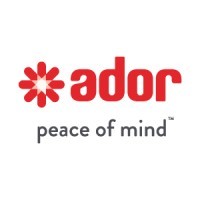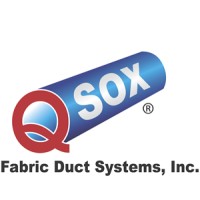
ADOR INTERNATIONAL
We are Ador Established in 1951, Ador is one of the leading welding companies in India, manufacturing high-quality welding equipment, consumables, and welding automation solutions. Additionally, Ador has been in the Flares & Process Equipment Division for more than 30+ years. Ador has played a significant role during the post-independence industrialization in India and takes immense pride in its heritage. With a presence across 40+ countries in the Middle East, Africa, and Southeast Asia, Ador maintains a robust sales and distribution network across the globe and provides solutions to a wide spectrum of industries including defense, shipbuilding, oil and gas, railways, infrastructure, nuclear energy, power and automotive sectors.






